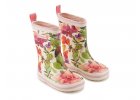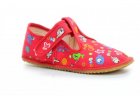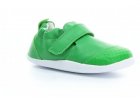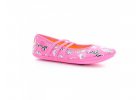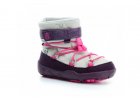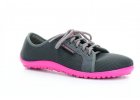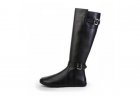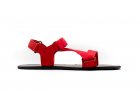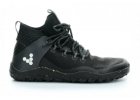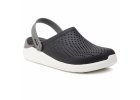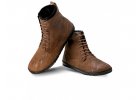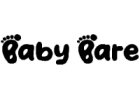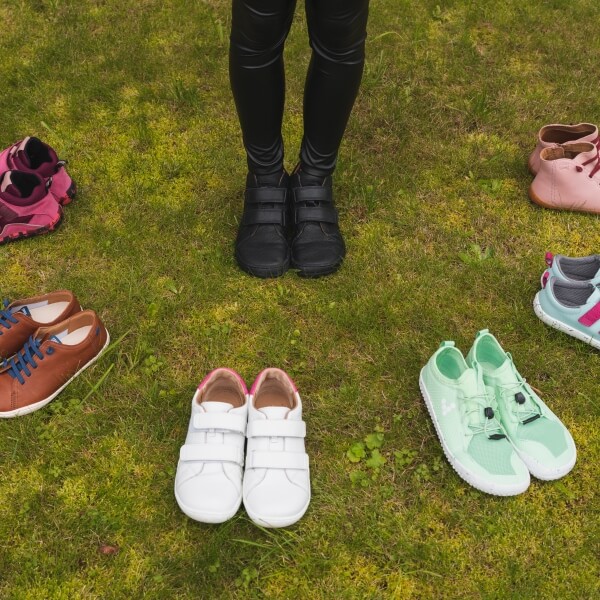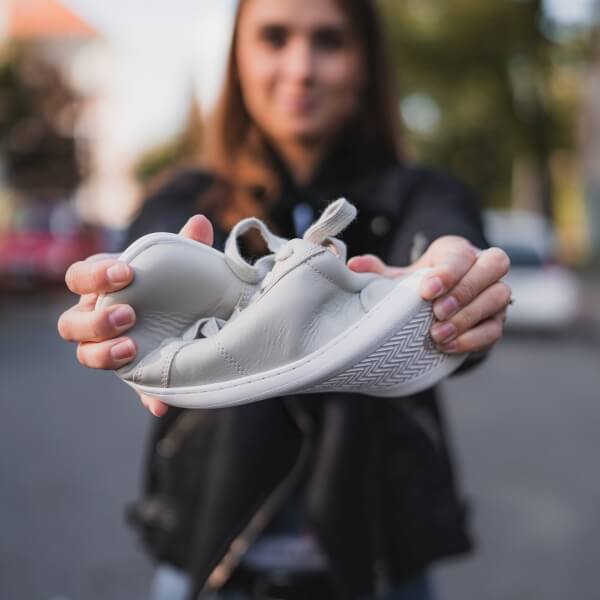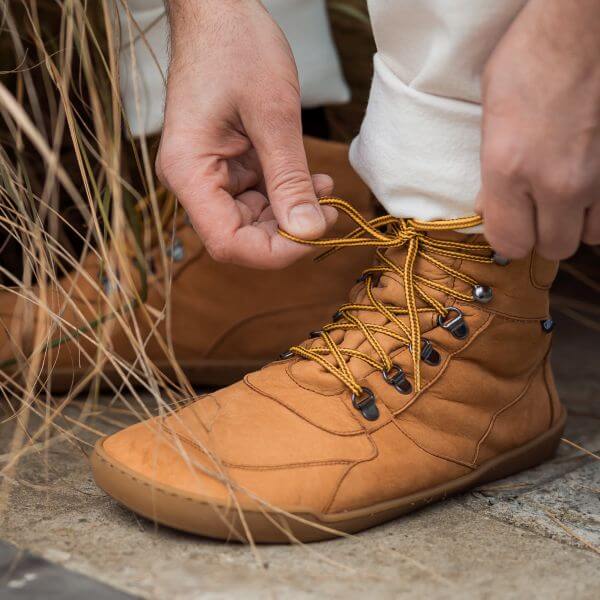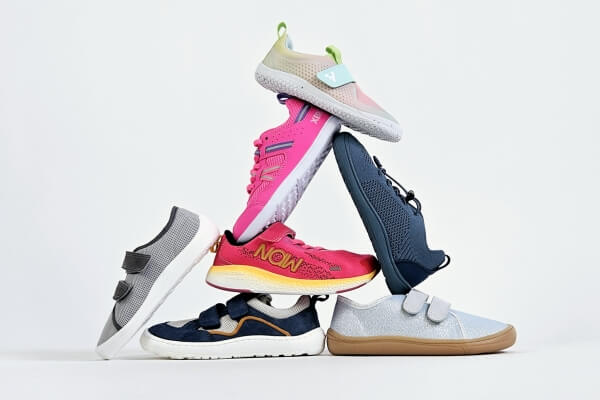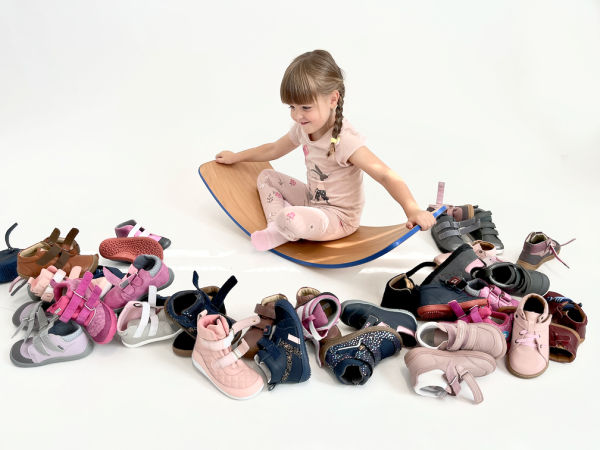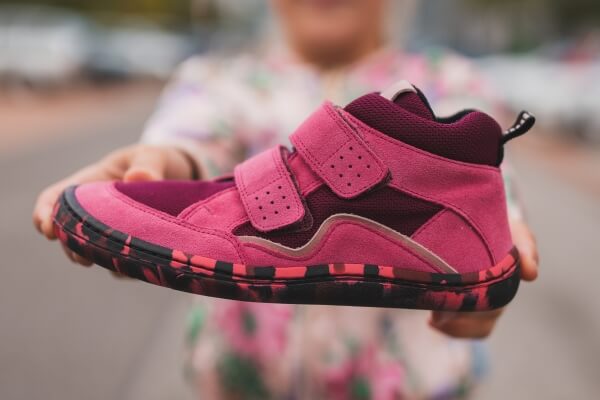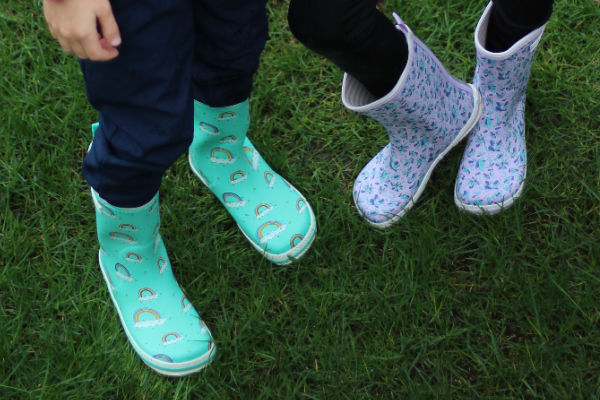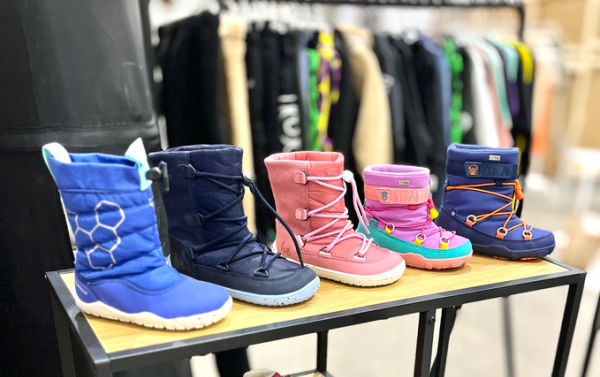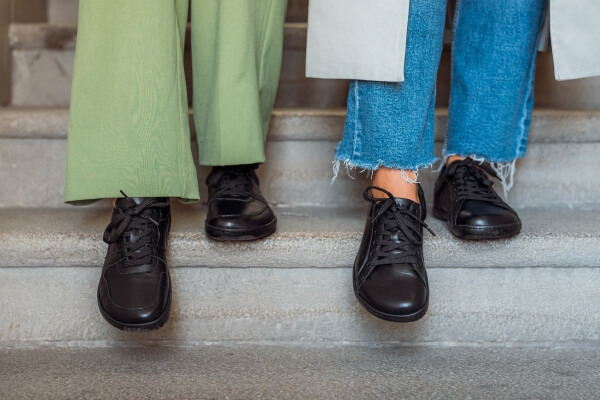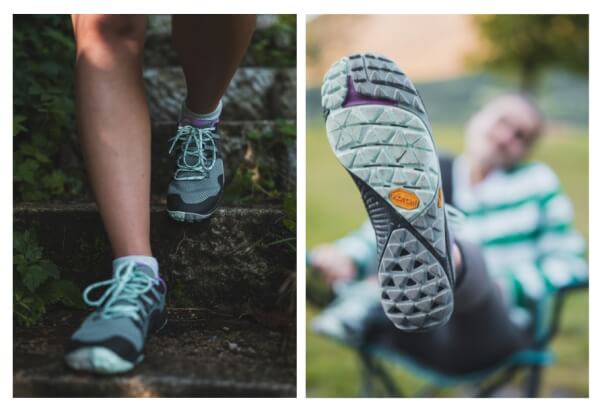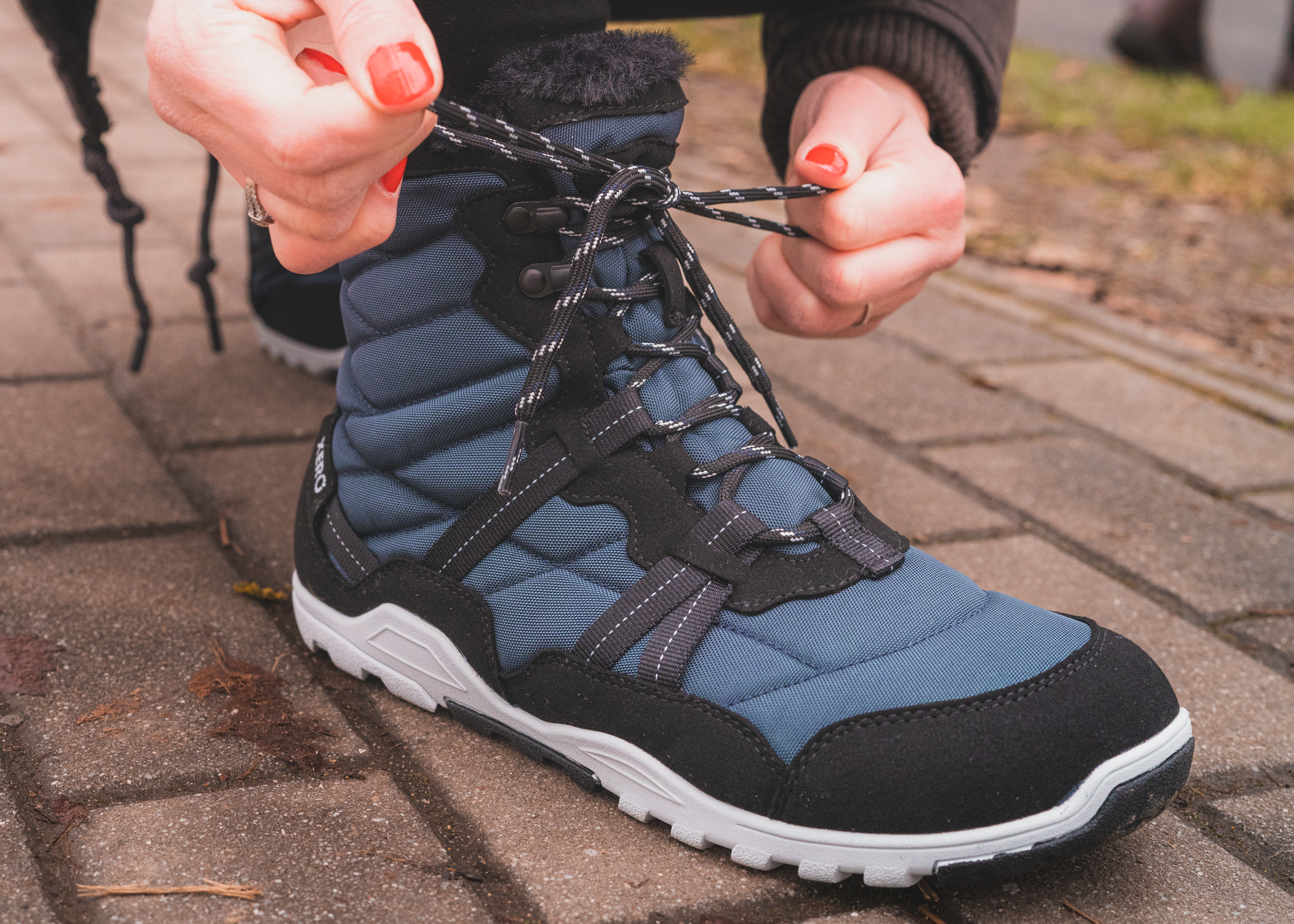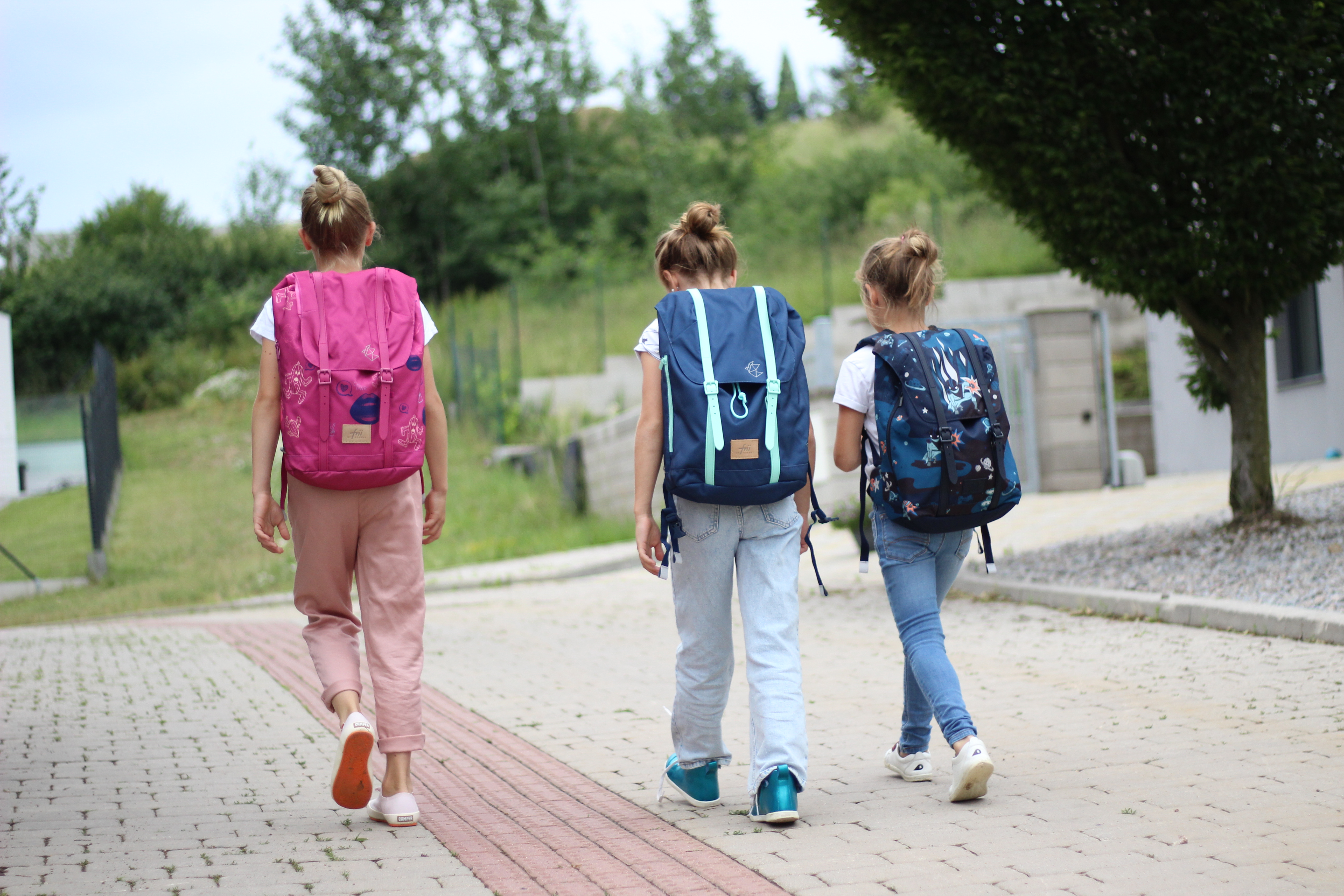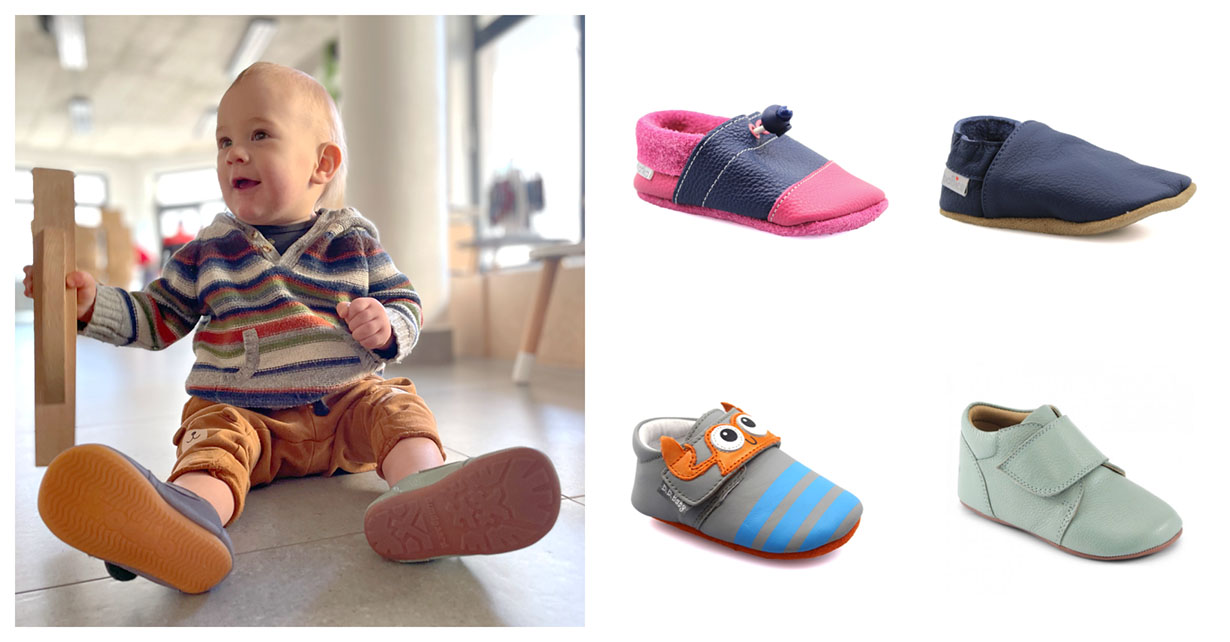Do your children always try really hard to take off their shoes right after you put them on? So it makes us (parents) wonder... When's the right time to put on the first shoes?
We won’t tell you a specific age because every child’s development is different. It also depends on whether we are talking about a healthy child or a child with special needs. For simplicity, however, let’s take a standard-functioning child.
Should babies wear shoes in the stroller?
For us, we do not recommend it. It may look stylish in photos to passers-by, but every time we enclose the foot in a tight space, we limit the environment in which it can naturally grow and develop.
What about crawling in booties?
Not at all! During the climbing period, the child shapes the foot arch by movement, and booties would act as an undesirable constraint there. In general, there is no point in putting on the first shoes just as a fashion accessory because the child’s foot can learn to move against the shoe, which will develop bad movement habits.
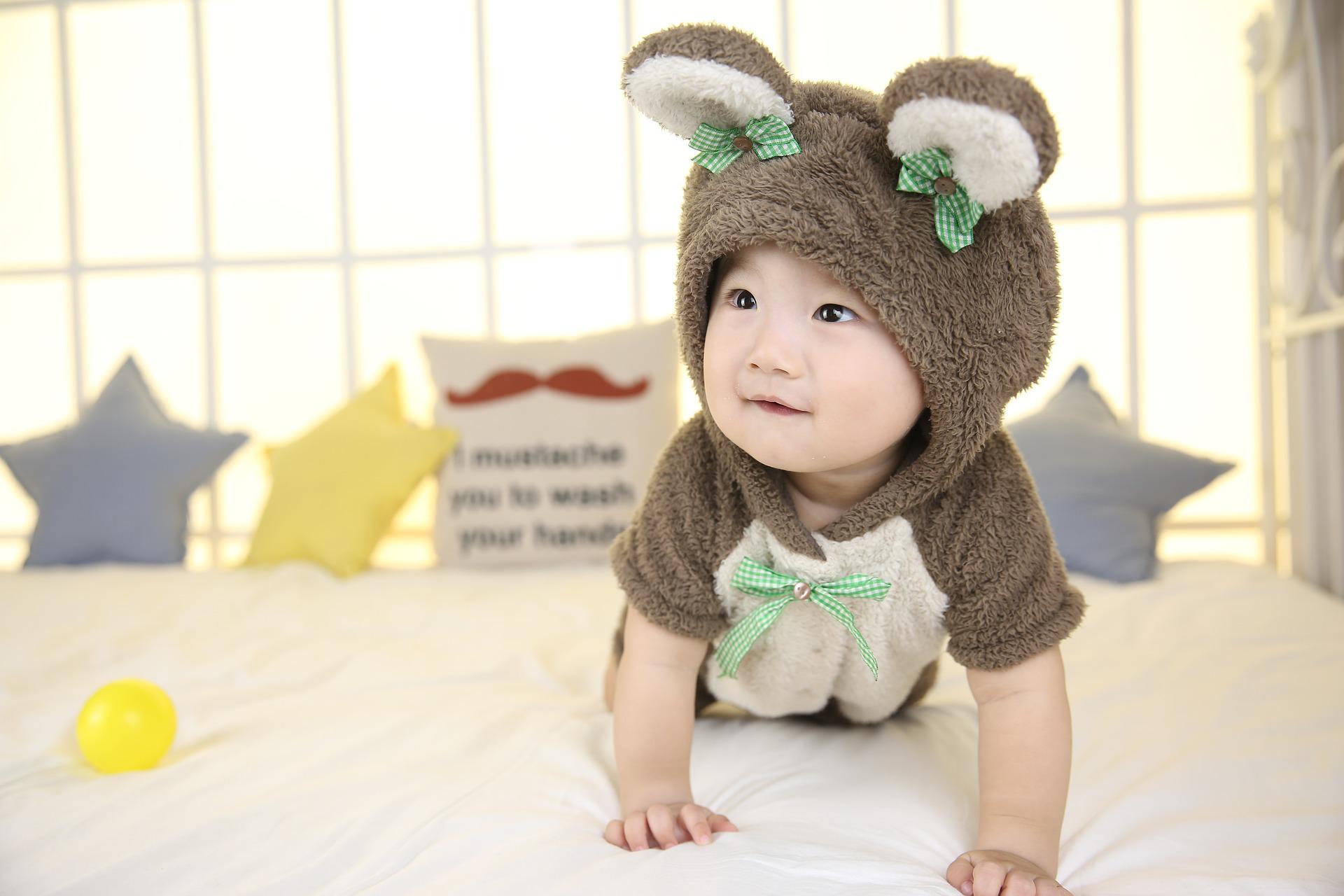
The babies are starting to stand up, should they get slippers?
In this period, the babies are not walking, so they do not need shoes. On the contrary, they should learn to maintain balance and stability through active footwork (especially in the toes), which shoes do not allow.
Should we give the babies their first shoes when they are still holding onto the furniture?
At this point, many parents succumb and put on the baby the first shoes or infant shoes. Yes, the child is already moving on his feet, but still not independently, not most of the time. Plus, we are talking about a household. Unless you have hard floors (e.g.tile) or the child can get cold, then wearing slippers at home generally doesn’t make sense. No boots on the carpet, or try a compromise in the form of socks (not too narrow ones).
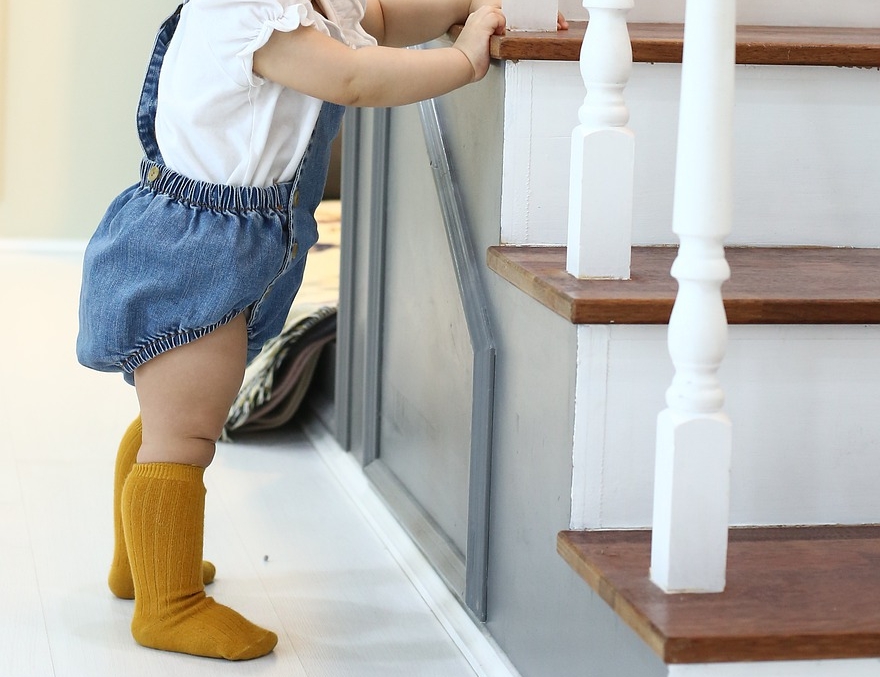
Do the children need slippers for the first steps in the open space?
Here we come to a critical turning point. It is best to orient yourself according to the prevailing mode of movement. If the boy (or girl) spends most of his awake hours on his feet, then we can already start thinking about some footwear. If he’s still predominantly sitting and crawling, we recommend waiting. Still, if the surface is not hurting the child (especially at home), there is no need to put on protection in the form of shoes.
The children walk on their own, what first shoes to buy?
Even at this stage, we would first ask if the child needs the booties. Does the child move around in an environment that can harm bare feet? If so, we recommend measuring the size of the child’s feet first. Next, it also depends on the season and the environment in which the child wears the shoes. For indoors, infant shoes will suffice, but for outdoor spaces, choose toddler shoes.
Make sure the shoes restrict the foot as little as possible. You can tell if your child’s gait starts to differ significantly from the barefoot one. It is also a good sign if the child ignores the shoes while wearing them. However, if the bootie comes off with a cry or the child moves around like a robot, consider replacing them.
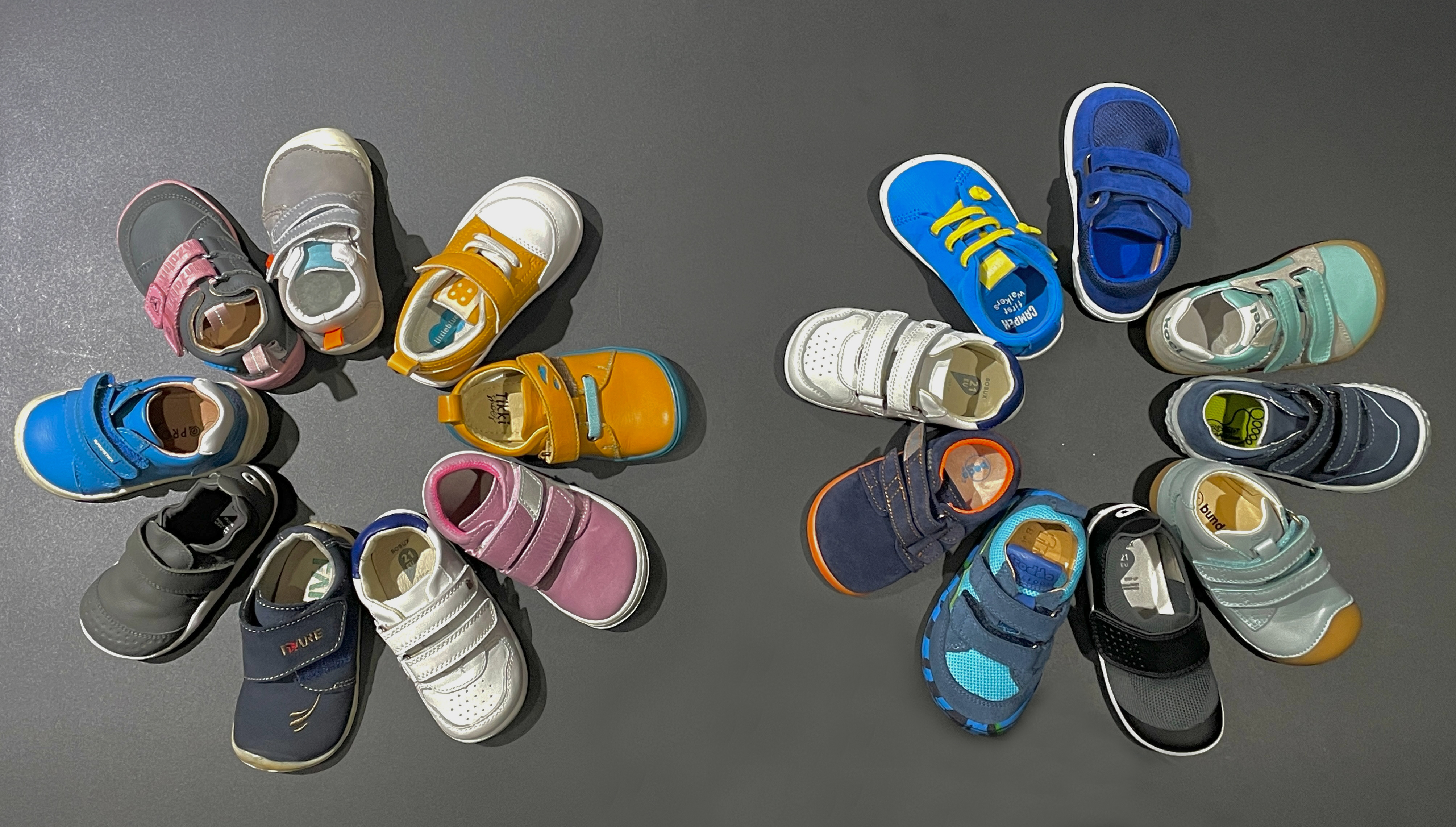
In particular, you can focus on whether the child has enough room for the toes in the shoe, both in length (the recommended additional size number for the first shoe is 5-9 mm) and width. (Caution, it is necessary to check regularly because the foot growth is quick.)
Another factor is the sole. It should be thin (surface perception), flexible in all directions (ground adaptation), without a raised heel or toe (body weight distribution), and non-slip (safety). In general, shoes should be as light as possible not to weigh the child down.
Hopefully, we have answered your questions about when and which first shoes to buy. But if you have any more questions, please don't hesitate to contact us! We will be happy to advise you via chat, email, social networks or phone.



